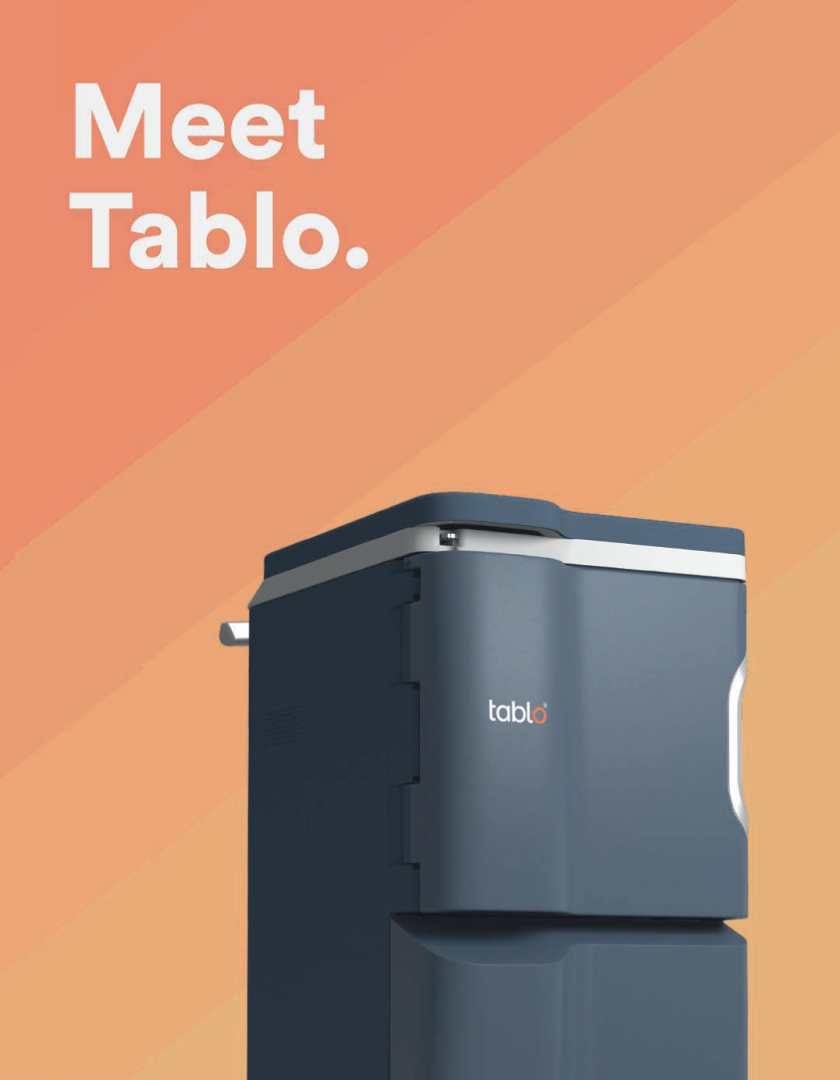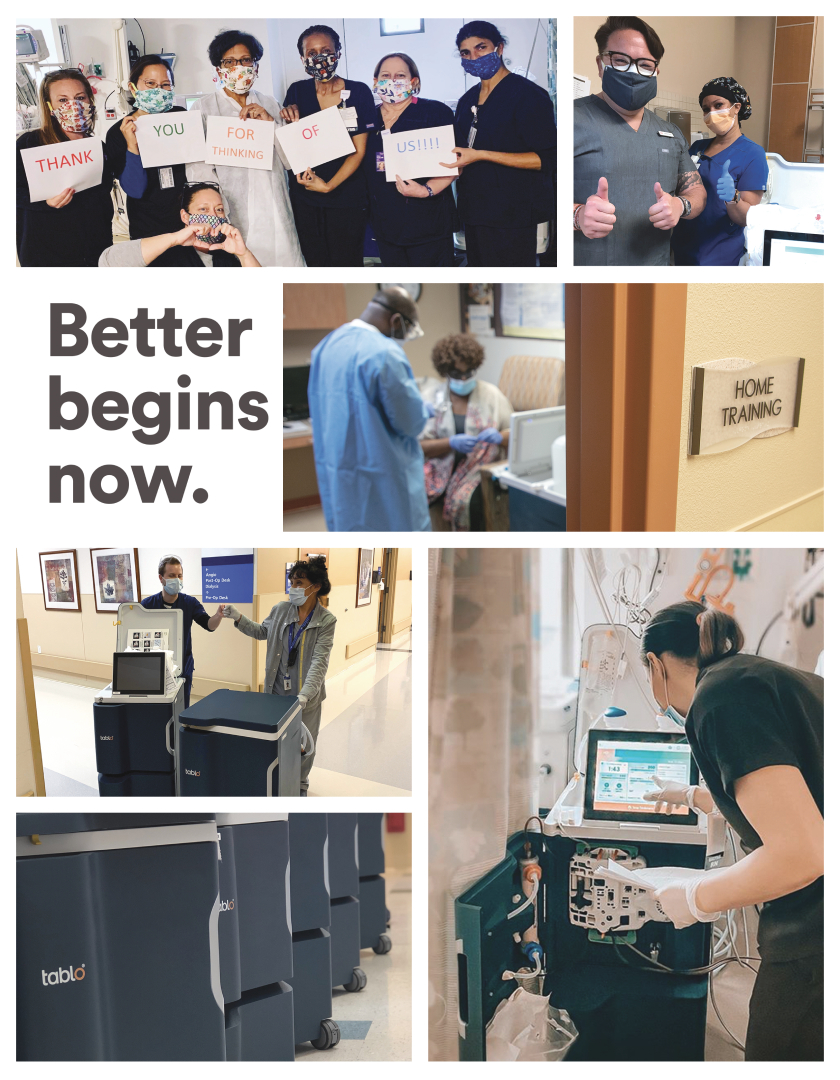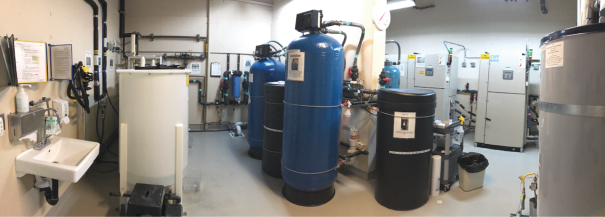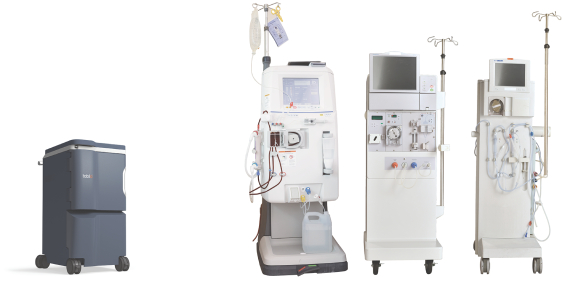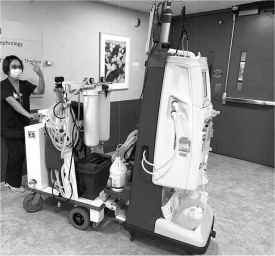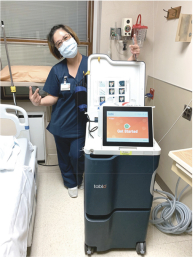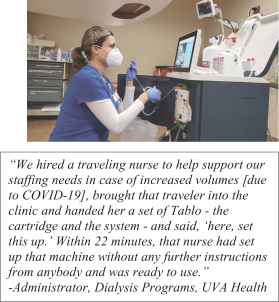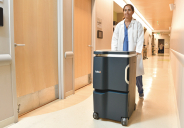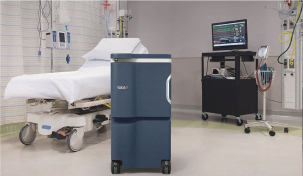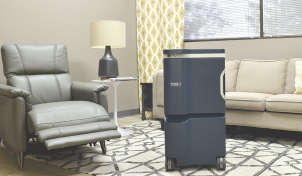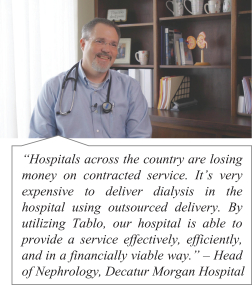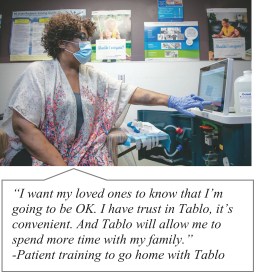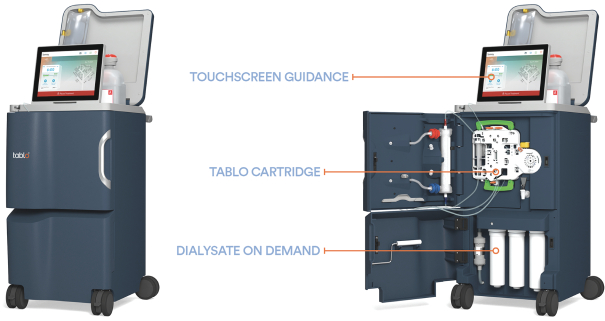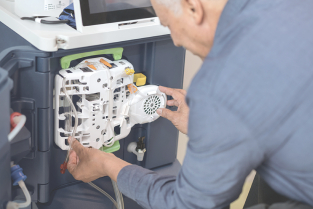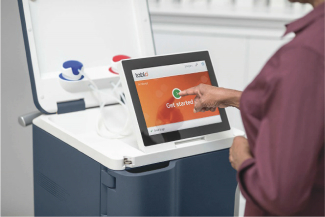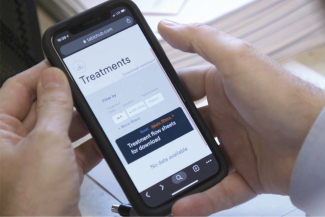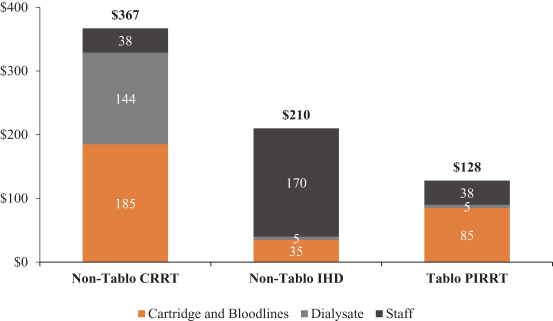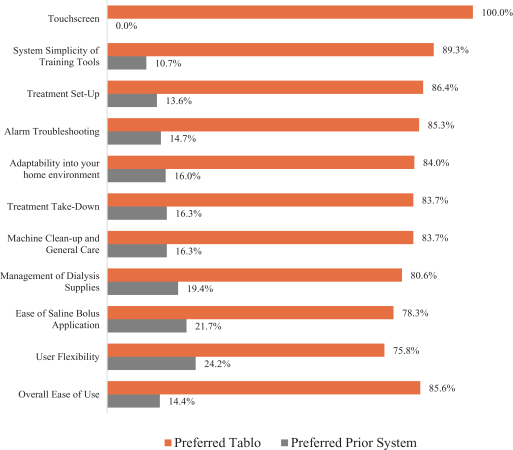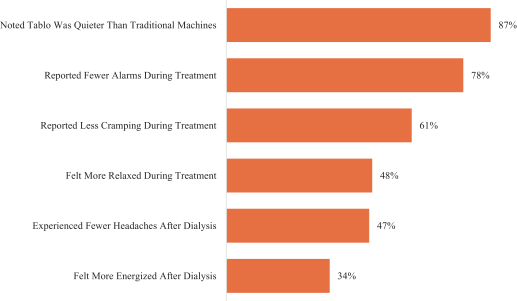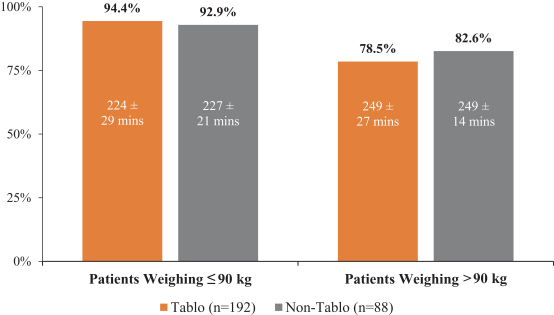Filed Pursuant to Rule 424(b)(4)
Registration Number 333-248225
and 333-248801
PROSPECTUS
8,951,111 Shares

Common Stock
This is the initial public offering of shares of common stock of Outset Medical, Inc. We are selling 8,951,111 shares of our common stock.
The initial public offering price of our common stock is $27.00 per share. Prior to this offering, there has been no public market for our shares. We have been approved to list our common stock on The Nasdaq Global Select Market under the symbol “OM.”
We are an “emerging growth company” under the federal securities laws and are subject to reduced public company disclosure standards. See “Prospectus Summary—Implications of Being an Emerging Growth Company.”
Investing in our common stock involves risks that are described in the “Risk Factors” section beginning on page 13 of this prospectus.
| Per share |
Total |
|||||||
| Initial public offering price |
$ | 27.00 | $ | 241,679,997 | ||||
| Underwriting discount(1) |
$ | 1.89 | $ | 16,917,600 | ||||
| Proceeds, before expenses, to us |
$ | 25.110 | $ | 224,762,397 | ||||
| (1) | We refer you to “Underwriting” beginning on page 187 for additional information regarding underwriting compensation. |
The underwriters may also exercise their option to purchase up to an additional 1,342,666 shares from us, at the public offering price, less underwriting discount, for 30 days after the date of this prospectus.
Neither the Securities and Exchange Commission, any state securities commission nor any other regulatory body has approved or disapproved of these securities or determined if this prospectus is truthful or complete. Any representation to the contrary is a criminal offense.
The shares will be ready for delivery on or about September 17, 2020.
| BofA Securities | Morgan Stanley | Goldman Sachs & Co. LLC | ||
| SVB Leerink | Stifel | |||
The date of this prospectus is September 14, 2020
